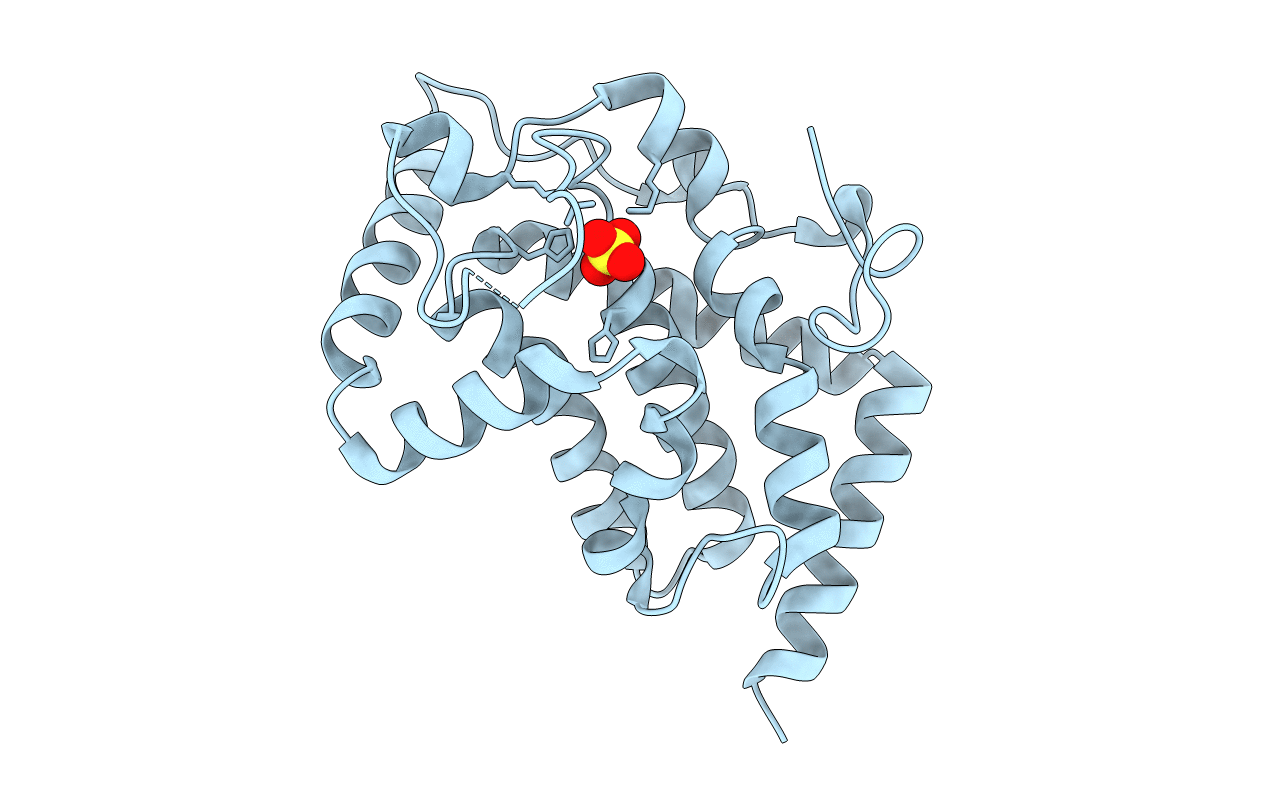
Deposition Date
1999-09-28
Release Date
2000-12-06
Last Version Date
2024-11-20
Entry Detail
PDB ID:
1D2T
Keywords:
Title:
CRYSTAL STRUCTURE OF ACID PHOSPHATASE FROM ESCHERICHIA BLATTAE
Biological Source:
Source Organism:
Escherichia blattae (Taxon ID: 563)
Host Organism:
Method Details:
Experimental Method:
Resolution:
1.90 Å
R-Value Free:
0.25
R-Value Work:
0.21
R-Value Observed:
0.21
Space Group:
P 63 2 2


